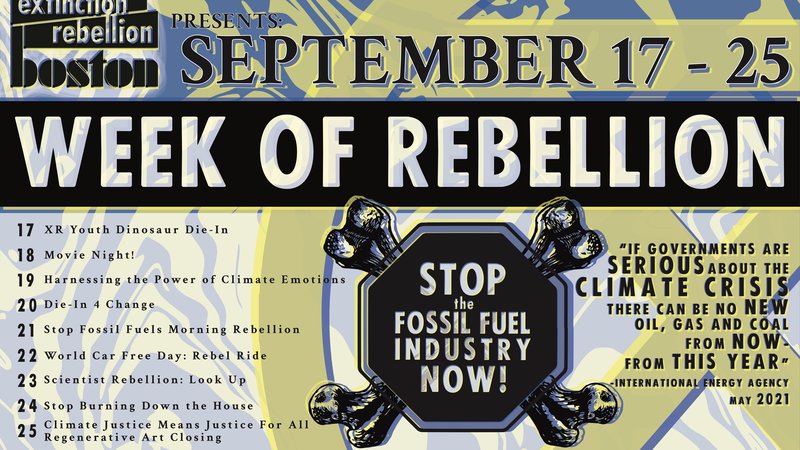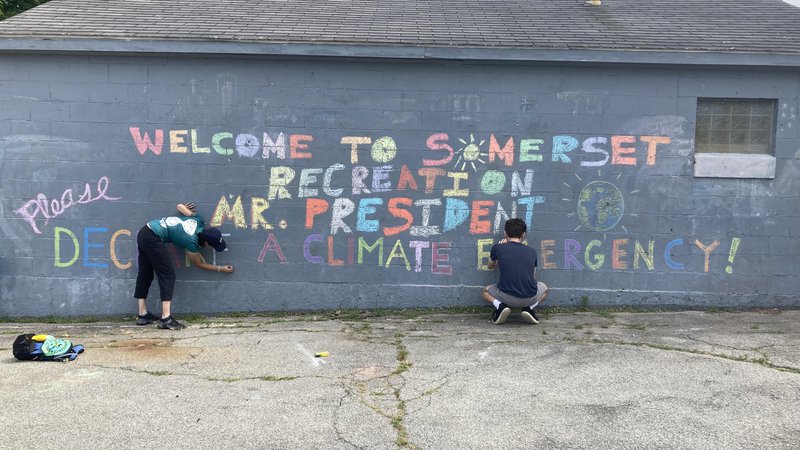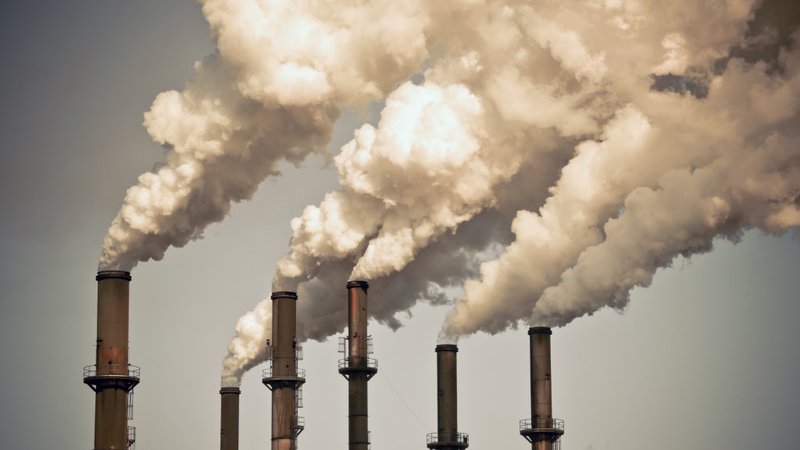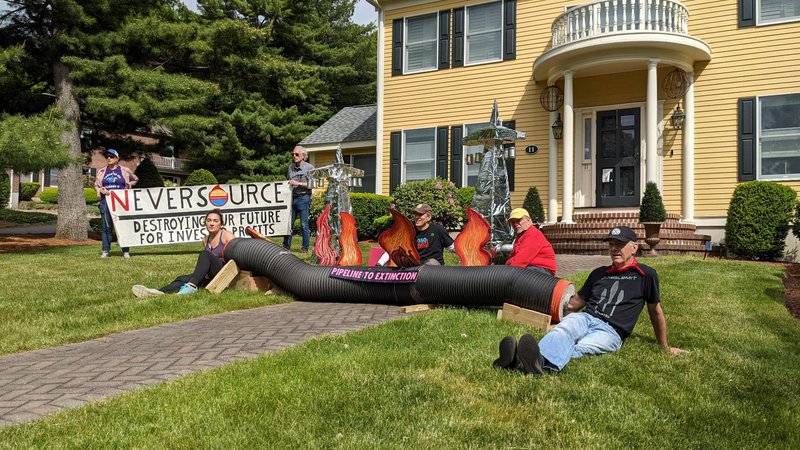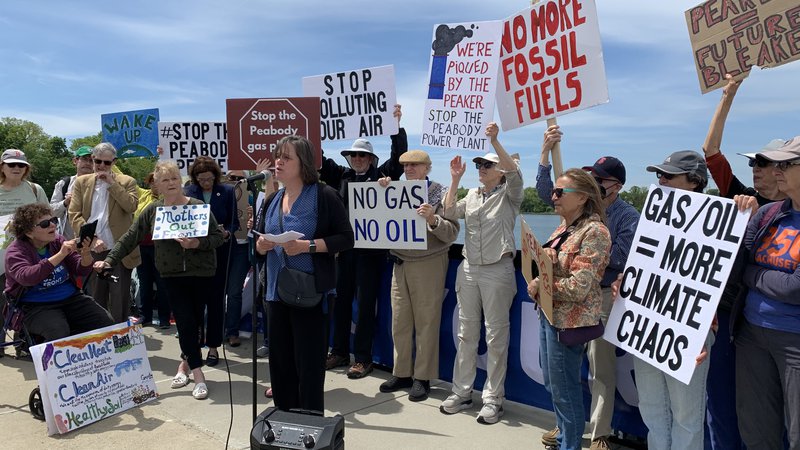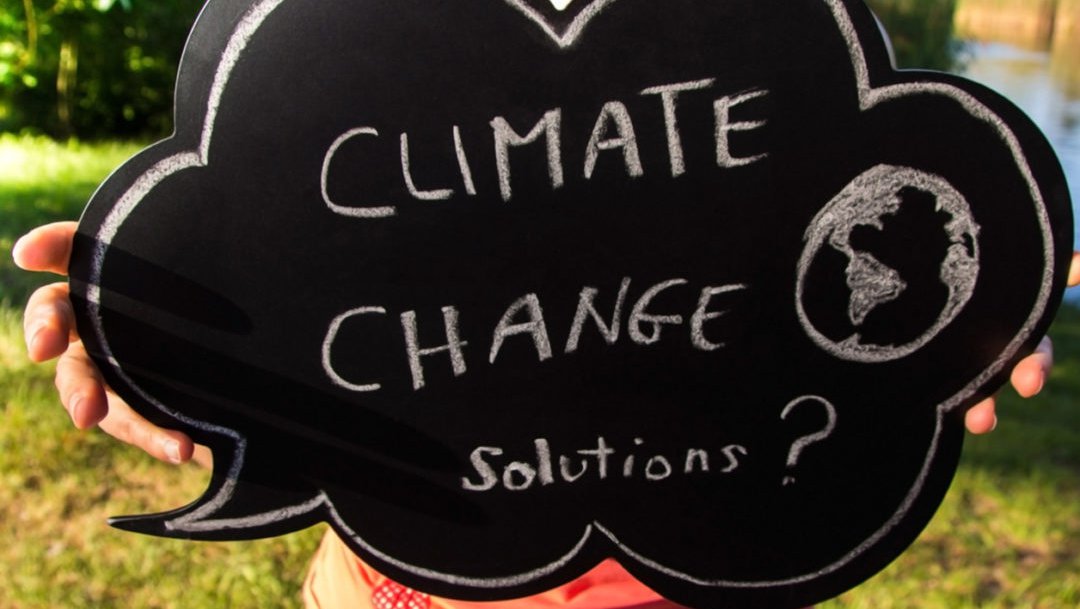
Project Drawdown: The world’s leading resource for climate solutions
Climate drawdown is the point at which greenhouse gases in the atmosphere level off and begin to decline. Founded in 2014, Project Drawdown is a climate change mitigation project started by climate activist Amanda Joy Ravenhill and Paul Hawken. This project includes a list of solutions to global heating. The list was compiled by more than 200 scholars, scientists, policymakers, business leaders, and activists, and breaks down solutions by sector (listed below).
Lowering emissions is only part of the solution to create and ensure a habitable earth. As discussed in "We need a Project Drawdown for conservation" and the 2019 IPBES report, protecting ecosystems and biodiversity is a necessary part of the solution.
Sources of Emissions
1. Transportation
In 2018, the transportation sector generated 28% of greenhouse gas emissions in the United States and 14% globally. Over 90 percent of the fuel used for our cars, trucks, ships, trains, and airplanes is petroleum based, which includes natural gas and diesel. Solutions
2. Electricity
Electricity generates around 27% of greenhouse gas emissions in the states and around 25% globally. In 2018, coal combustion accounted for 28% of emissions generated from electricity in the United States, natural gas accounted for 34%, and petroleum use less than 1%. The remaining generation came from nuclear (20%) and renewable energy sources, including hydroelectricity, biomass, wind, and solar (16%). Solutions
3. Food, Agriculture and Land Use
Agriculture generated 10% of greenhouse gas emissions in the states and around 24% globally in 2018. Most of these emissions come from growing crops, livestock, and deforestation. Ecosystems that act as carbon sinks offset around 20% of emissions from this sector - protecting these ecosystems is an important part of solving the climate and ecological crisis. Solutions
4. Buildings
Commercial and residential buildings accounted for 12% of US emissions in 2018. This includes fossil fuels used for heating, cooking, waste management, and leaks from refrigerants. Solutions
5. Industry
Industry accounts for around 21% of global emissions and 22% in the states. Direct emissions are produced by burning fuel for power or heat, chemical reactions, and leaks from industrial processes and equipment while indirect emissions are produced from burning fossil fuels off-site to create electricity that is then used on-site in the production of goods. Solutions
Carbon Sinks
Land, coastal and ocean, and engineered sinks are important to protect and maintain so they continue to support biodiversity, including pollinators, and act as a carbon sink to absorb excess CO2 from the atmosphere. At some point, when they have "reached their fill" they will begin to emit stored carbon back into the atmosphere.
Health and Education
From Project Drawdown, "When levels of education rise (in particular for girls and young women), access to reproductive healthcare improves, and women’s political, social, and economic empowerment expand, fertility typically falls. Across the world and over time, this impacts population." Solutions
Related Stories:
Featured:
-
The third annual Week of Rebellion is full of opportunities for celebration and action!
-
Our government had the opportunity to finally turn our state into a "climate leader," and they decided yet again to prioritize profits and political posturing over the well-being of residents.
-
Prominent climate scientists and activists demand immediate climate action in the United States.
-
Stop the Fossil Fuel Industry, Now: List of events for Extinction Rebellion Boston's September week of rebellion
-
A compilation of books, movies, articles, and ways to take action to protect Black lives
-
Nadia Colburn, PhD and member of Extinction Rebellion Media team, discusses how to talk about the climate and ecological crisis with family and friends.
Upcoming Events:
-
Tue Dec 16th @ 7 p.m.
-
Sun Dec 21st @ 2 p.m.
-
Sun Dec 21st @ 7 p.m.

